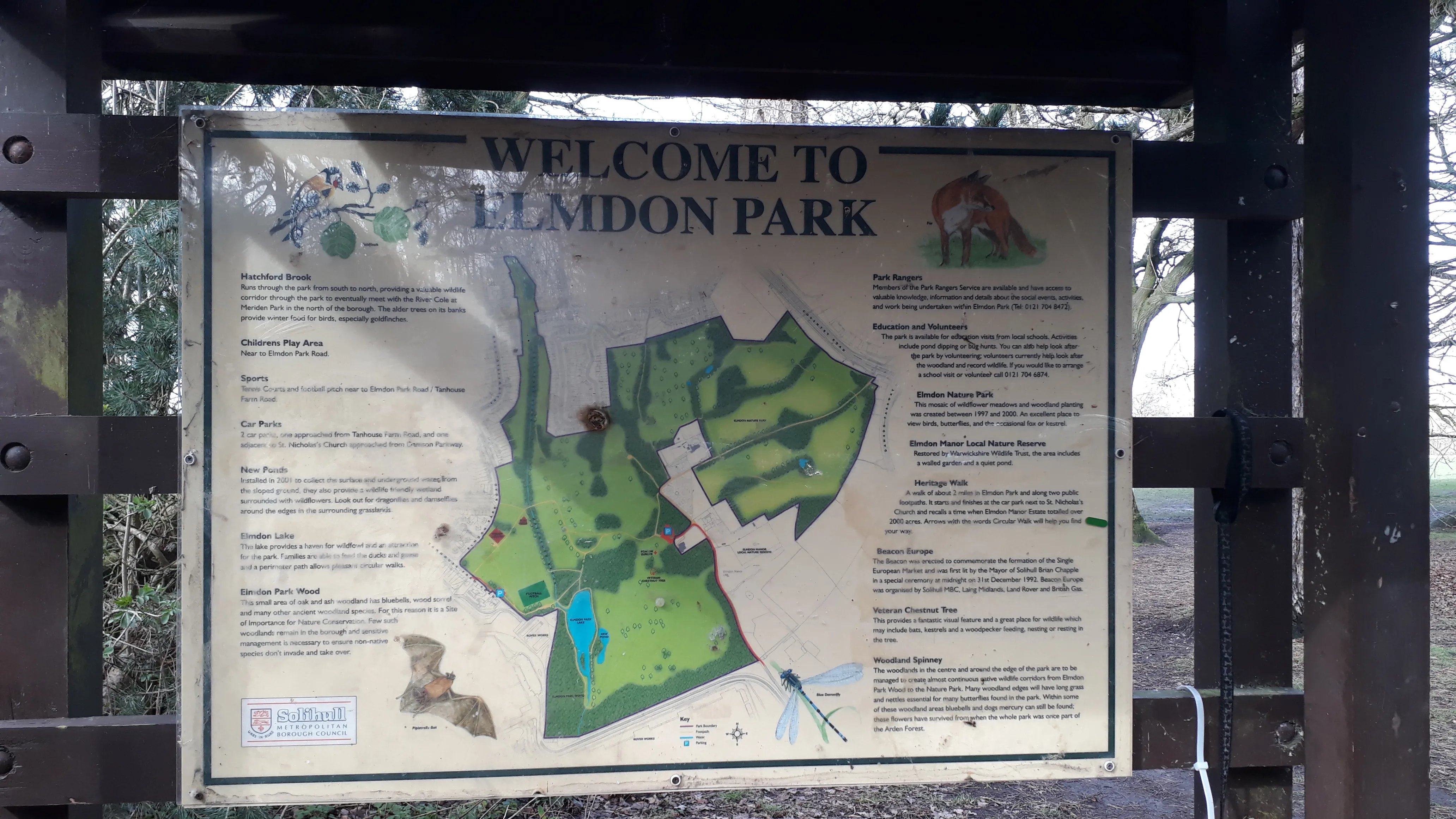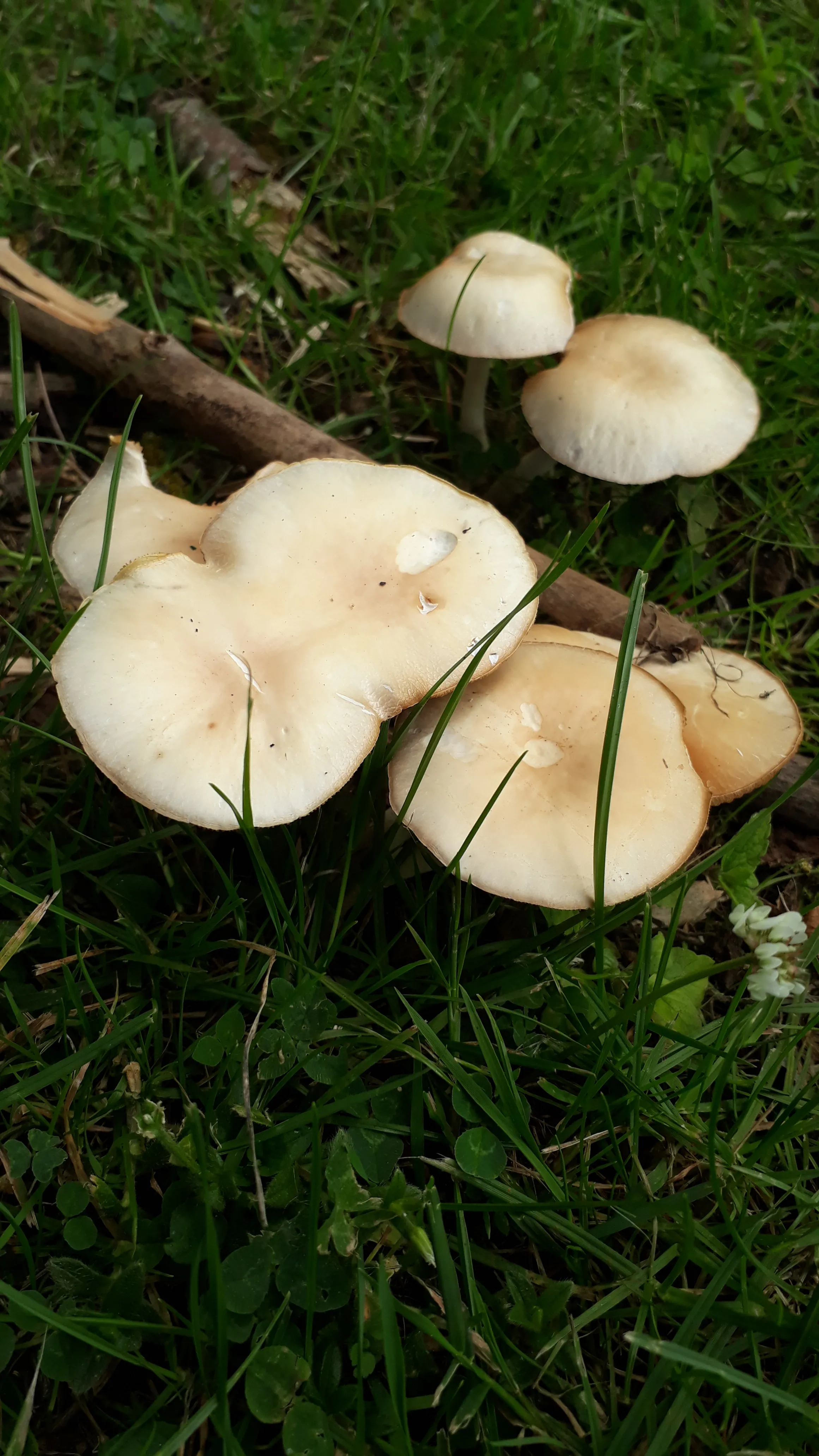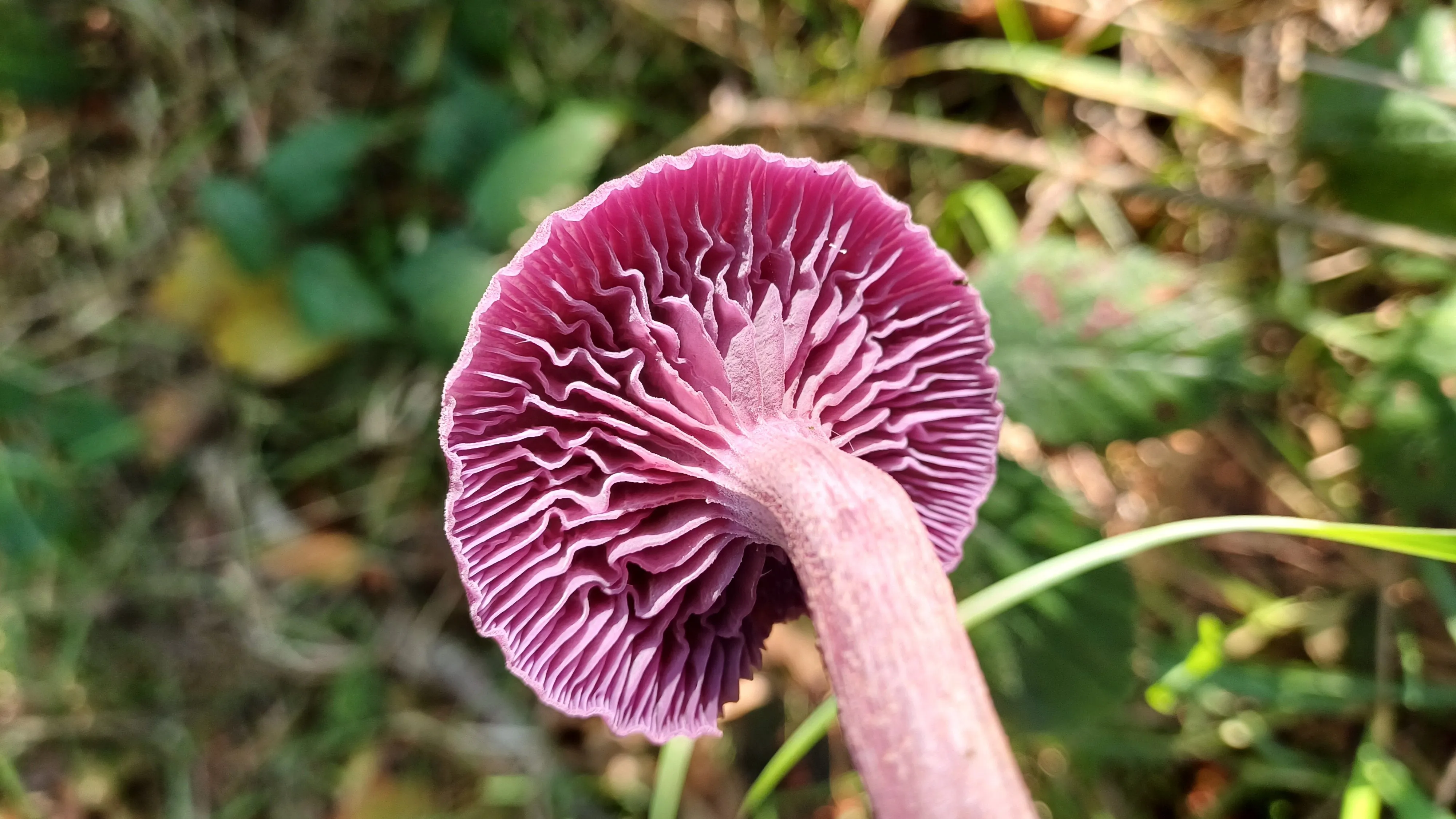Summer Foraging Course Review
The course was held in Solihull and started with a talk on foraging rules.
Don't worry if you are not local, they do courses in various locations across the UK. You can check their FB page (Wild Food UK) to see their upcoming events there.
👉 You can check my Spring Foraging Course Experience here.

🚶♀️🚶♂️ We then set off for roughly a 2.5 hour walk around the area, identifying the edible and poisonous species we found, and picking some for the meal later on.
🥗 Along the way, we stopped for some pre-prepared wild food treats.
🍾 Elderflower champagne and Cleavers water were one of them!
☘️ I've heard about cleavers water before and made it myself. It's quite refreshing summer drink and great way how to get rid off this pesty weed from your garden.
😂 We agreed we'll call it cleavers water instead of Sticky Willy water. It sounded more pleasant to us!
❤️ At the end, we created a meal based on what we'd found.
🍲 We had some delicious mushroom soup, mushroom stir fry with hogweed and cheese tart and wild food salad mostly made from delicious lime tree leaves. Yummy!
🚫 We also learnt which of the deadly poisonous plants to avoid and severe irritants.
📧 After the course, I received an email with course notes and recipes to help me remember everything I'd learnt.
🌿 If you never been on foraging course, I highly recommend you give it a go! I can identify plenty of plants myself, however I'm always eager to learn something new.
🏆 Phil from Wild Food UK was phenomenal. He's an experienced forager and great story teller.
😍 It was a very pleasant afternoon in such a great company. The weather was quite extreme for England, we had steaming 30 °C. It was about 10 of us. They usually run group of 15 people. So it's not too small and not too overcrowded. Sweet spot!
👇 Below you can see combination of pictures from spring and summer course. Once you learn to identify new plant, it's great to see it through its lifecycle during different seasons.
🌿 I personally focused on Hogweed this year. I learnt to pick up shoots and young leaves, the flower buds in their edible version which can be used like broccoli and at the moment you can collect its seeds. The seeds are a direct replacement for cardamom. I only recently find out that the roots can be used like parsnips but must be boiled well. Pheew! See how many uses one plant can have???!!!!
☠️ I'd like to stretch the importance that Hogweed is not definitely beginners plant to pick up. You must be 100% certain you have the correct plant. See warning below.
⚠️ We saw Lily of the valley leaves, which can be mistaken for Wild Garlic leaves. Both plants have short flowering season and for some people the leaves are hard to distinguish afterwards.
🍄 It was good to see Yellow Stainer which is poisonous. The one which we found was quite old and we didn't see much of the yellow staining. We all had to smell it and describe it. Not everybody got the off putting smell, it was like half and half. This is quite eye opening how everybody is unique and wired differently. And you should never pick up stuff you are not 100% sure about because your senses might be misleading.
🍄 It was nice to see Poplar Fieldcap which is not very often foraged in England. If you can identify Poplar tree you should definitely check it out. When I was cycling home from work, I noticed poplar trees in one of the park. I definitely need to go for a walk there and keep my eyes peeled.
🍄 And I could finally see and taste Dryad’s Saddle as well. Before you add it to your basket you can run easy cut through test. If it's to tough to run your knife through it, it will be to tough to cook it. Therefore you know when to leave it behind.
🍄 It was also nice to see the difference between what Jelly Ears looked like in March and late June (see pictures below).
🤩 I really want to attend autumn course as well which if focused on mushrooms and based in Cannock.
Our Main Find List
Lime Tree (Edible)
AKA The Linden Tree. Excellent, lettuce-like salad leaves and lovely flower teas are the two crops we get from this tree.

Wood Sorrel (Edible)
Common, easy to identify and extremely tasty with a lemony flavour.

Wild Garlic (Edible)
One of the tastiest plants to grow in the UK, common throughout spring and early summer.

Lords and Ladies (Serious Irritant)
Often found amongst wild garlic, extremely common and not to be eaten.

Ground Elder (Edible)
Invasive ground cover plant, with a parsley - celery flavour. Makes a lovely fresh salad leaf, or cooked greens.

Yellow Stainer (Poisonous)
Very common toxic agaric that stains yellow and smells bad.


Lily of the valley (Deadly Poisonous)
Uncommon in the wild though can look similar to wild garlic when young.

Elder Tree (Edible)
Frequent in hedgerows with flowers for champagne, berries for wine and wood ears for stir-fries (see below).

Wood Ears (Edible) Not seen on our course, but often found growing on Elder Trees.
AKA Jelly Ears. Very common mushrooms, often used in Asian cooking. Has a strange rubbery texture!
This is what it looks like in late June

This is what it looked like in March

Nettles (Edible)
Edible and highly nutritious once you get past the sting.
👉 You can check my article about Stinging Nettle Seeds here.

Dead Nettle (Edible)
Nettle lookalikes with tasty flowers and no sting.
Wild Chervil (Edible, not recommended)
AKA Cow Parsley. Edible though not worthwhile due to its similarities with Hemlock, Rough Chervil and other poisonous plants.

Hemlock (Deadly Poisonous) Discussed, but not seen.
Common; watch out not to confuse with Wild Chervil, Sweet Cicely and Parsley.
Wood Avens (Edible)
You’ll find a clove flavoured root on this extremely common plant.
Hemlock Water Dropwort (Deadly Poisonous)
One of the most toxic plants in the northern hemisphere and extremely common on riversides, waterways and ditches.

Poplar Fieldcap (Edible)
AKA Poplar Mushroom. Frequent, though there are many potential lookalikes.


Dryad’s Saddle (Edible)
A large Summer bracket mushroom, with a surprisingly fruity flavour when young.

Tuberous Polypore (Edible when young) Discussed, but not seen.
An uncommon edible polypore which looks like a smaller cousin of Dryad’s Saddle. Although edible when young and very small, they quickly become too rubbery. Smells pleasantly mushroomy, similar to Shitake mushrooms. Found on the dead wood of hardwoods, especially of Beech, Oak and Rowan.
Common Hogweed (Edible)
One of the best edibles with many uses, though it can cause skin reactions.

Giant Hogweed (Serious Irritant) Discussed but not seen.
Highly dangerous hogweed lookalike. DO NOT TOUCH.
Wild Food Recipes
Elderflower Champagne (The Brewer’s Way Article)
Elderflower Cordial We talked about this.


Wild Food Salad
An ever-changing mix of freshly picked leaves, shoots and flowers from local wild plants and trees to create a tasty salad.
Cleavers Water
A good handful of Cleavers, steeped in cold water overnight.
🥰 Enjoy!!!
👋 See you on Autumn Foraging Course!
🥰 I hope it inspires you.
🌞🚶♀️🚶♂️ Happy foraging!
From my heart ❤️ to your heart.❤️









